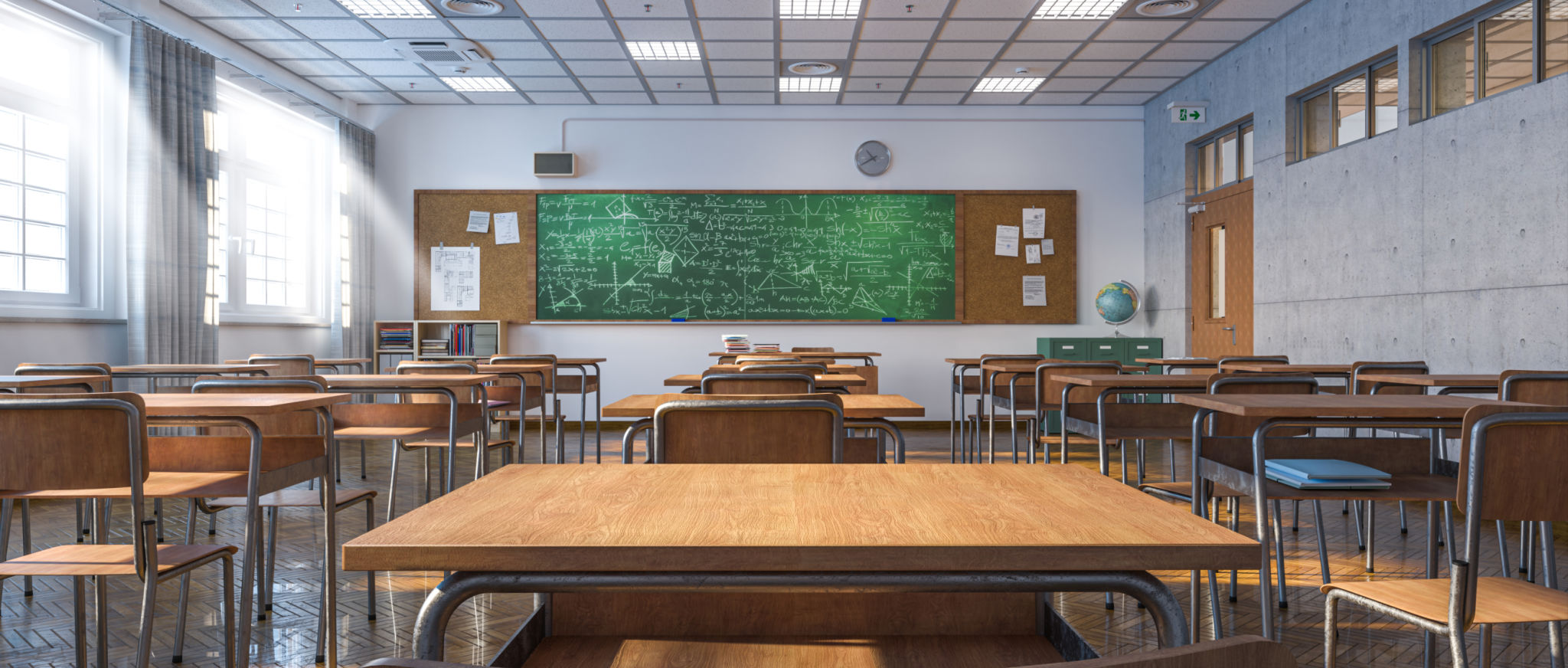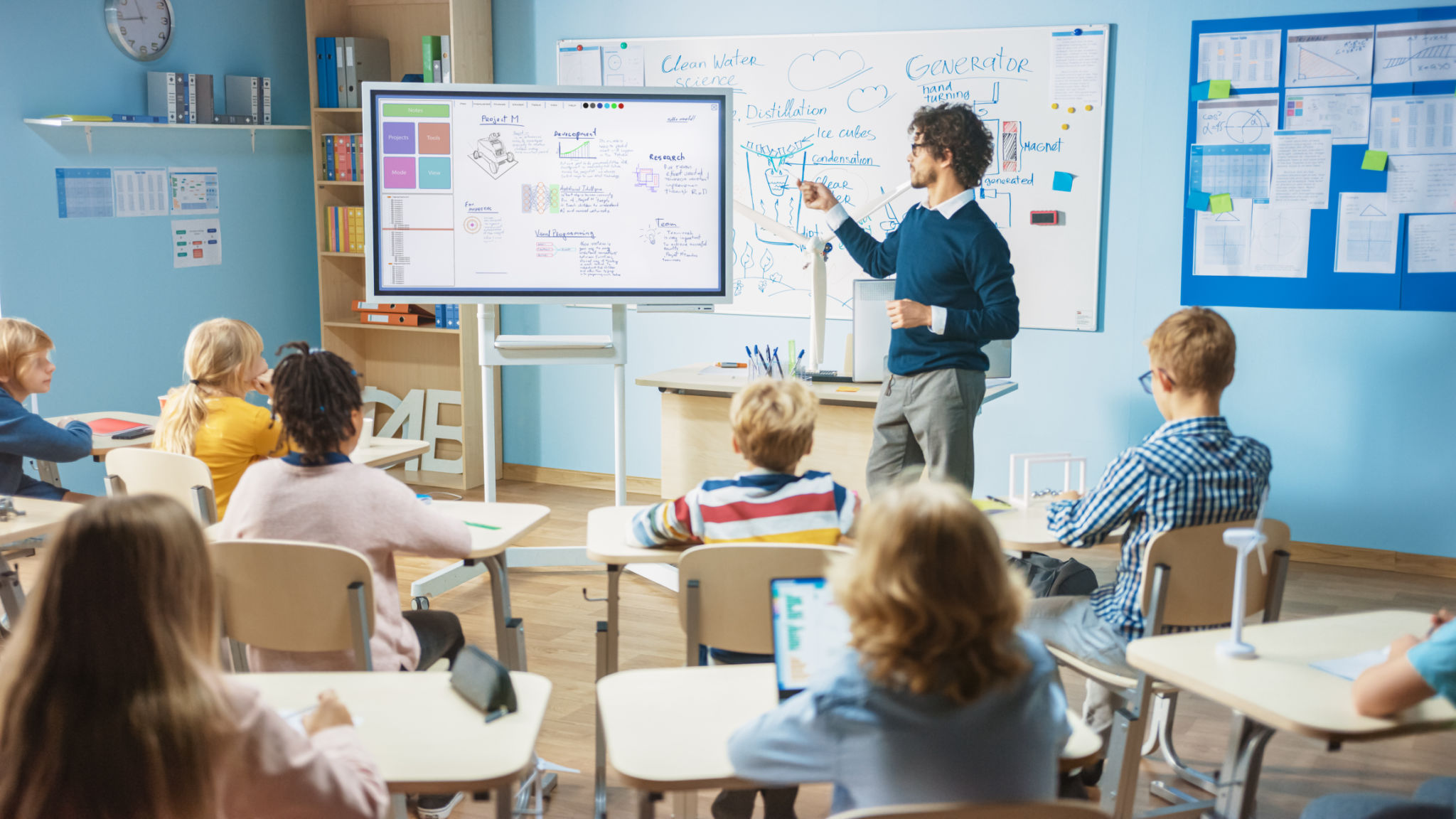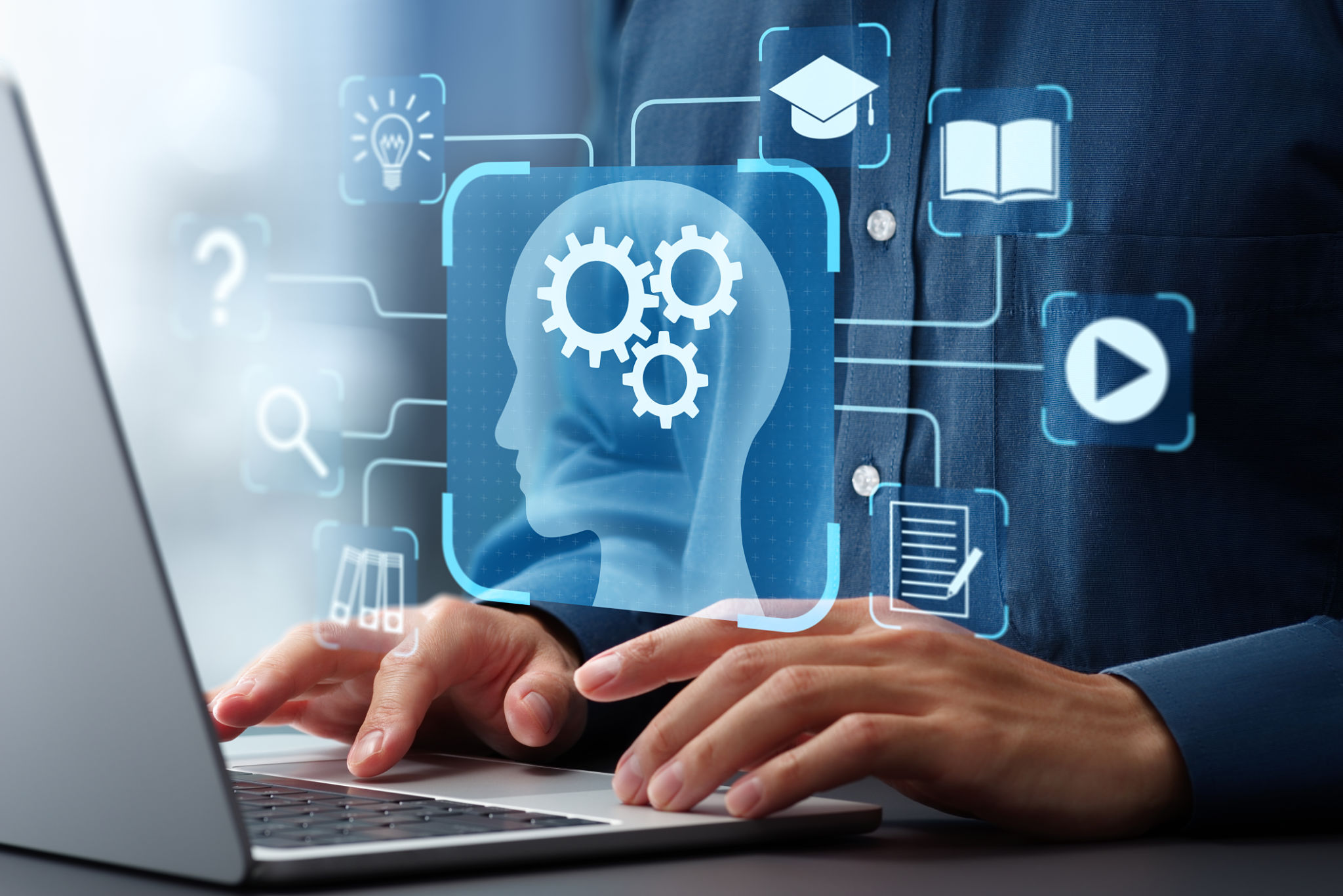The Impact of Technology on Traditional Teaching Methods
The Evolution of Traditional Teaching Methods
In the past few decades, the education sector has witnessed a significant transformation, primarily due to the integration of technology. This evolution has reshaped how teachers deliver content and how students engage with it. While traditional teaching methods have long been the foundation of education, the infusion of technology offers new possibilities for enhancing learning experiences.

Enhancing Engagement Through Interactive Tools
One of the most profound impacts of technology on traditional teaching methods is the introduction of interactive tools. These tools range from digital whiteboards to educational apps, which offer students a more engaging learning experience. By using technology, educators can present information in dynamic ways, such as through animations or simulations, which can make complex subjects more accessible and enjoyable for students.
Additionally, technology allows for greater student participation. Tools like clickers and online quizzes enable teachers to obtain real-time feedback and adjust their lessons accordingly. This immediate interaction fosters a more inclusive classroom environment where every student has the opportunity to voice their understanding and questions.

Personalized Learning Paths
Technology has also paved the way for personalized learning, which tailors educational content to meet the individual needs of students. Adaptive learning platforms use algorithms to assess a student's strengths and weaknesses, then customize lessons to address those areas. This approach not only enhances learning outcomes but also keeps students motivated by allowing them to progress at their own pace.
Moreover, personalized learning enables teachers to focus on providing support where it is most needed, freeing up time for one-on-one interactions and more in-depth instruction. This shift from a one-size-fits-all model to a more customized approach is one of the most beneficial impacts of technology in education.

Challenges and Considerations
Despite the numerous benefits, integrating technology into traditional teaching methods does come with challenges. One major concern is the digital divide; not all students have equal access to digital devices or reliable internet connections, which can exacerbate educational inequalities. Schools and policymakers must work together to ensure that all students have the necessary resources to benefit from technological advancements.
Teachers also face the challenge of keeping up with rapidly changing technology. Continuous professional development and training are crucial to help educators effectively integrate new tools into their teaching practices. This ongoing learning process can be demanding but is essential for maximizing the potential of technology in education.
The Future of Education
As technology continues to evolve, so too will its impact on education. The future holds exciting possibilities such as virtual reality classrooms, artificial intelligence tutors, and more immersive learning experiences. These advancements promise to further break down barriers in education, making it more accessible and inclusive for all learners.
Ultimately, while technology has dramatically influenced traditional teaching methods, it should be viewed as a complementary tool rather than a replacement. The human element of teaching—the inspiration, guidance, and support that educators provide—remains irreplaceable. By thoughtfully integrating technology into the classroom, we can create a more effective and enriching educational experience for students worldwide.